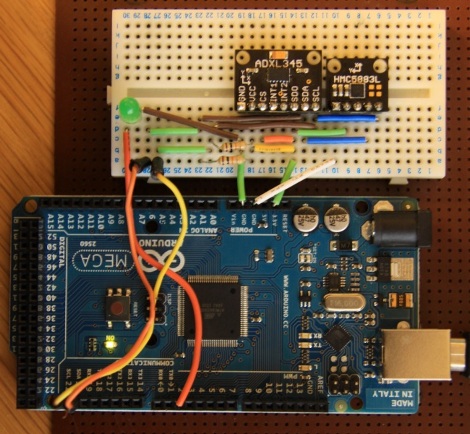
[lovablechevy] loves her Retro Duo console, especially since it takes up less space than the NES and SNES it has replaced. There’s a small problem though: the Retro Duo isn’t 100% compatible with her old Nintendo cartridges. Battletoads is a deal breaker for her, so she built Nintenduo, an NES/SNES console that uses all original Nintendo hardware.
The Queen of Bondo began her project with a top-loading NES and the smaller revision of the SNES. There’s a Photobucket gallery showing the innards lovingly placed in their new plastic home.
Not only can [lovablechevy] play classics like Paperboy, Donkey Kong Country, and the Super Mario RPG that are incompatable with the Retro Duo, all the accessories like the Zapper and Power Pad now work.
The finished build is very small; not much bigger than an SNES 2, and is nearly dwarfed by the gigantic NES cartridges. She posted a video of herself trying not to shoot the stupid Duck Hunt dog with her Nintenduo. Check it out after the break.
Continue reading “Nintenduo Stuffs An NES And SNES In The Same Case”
















